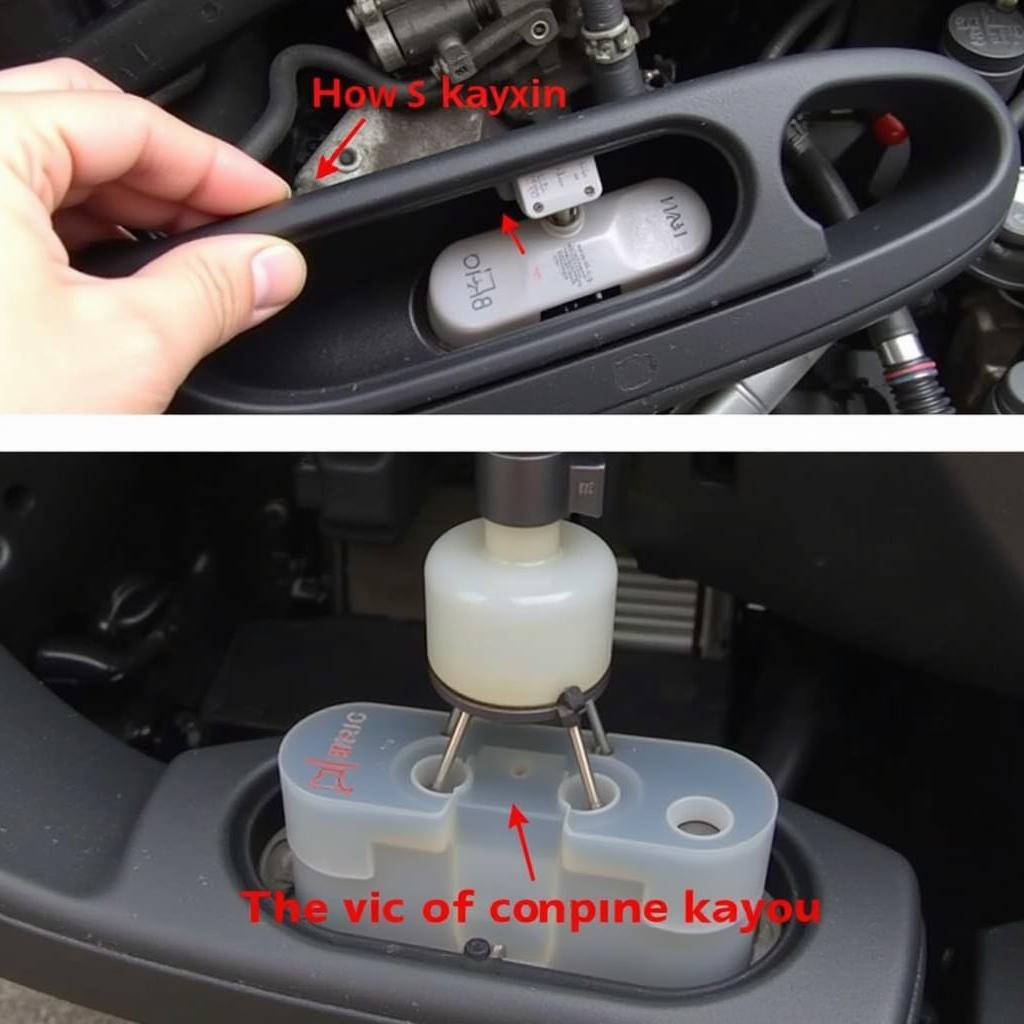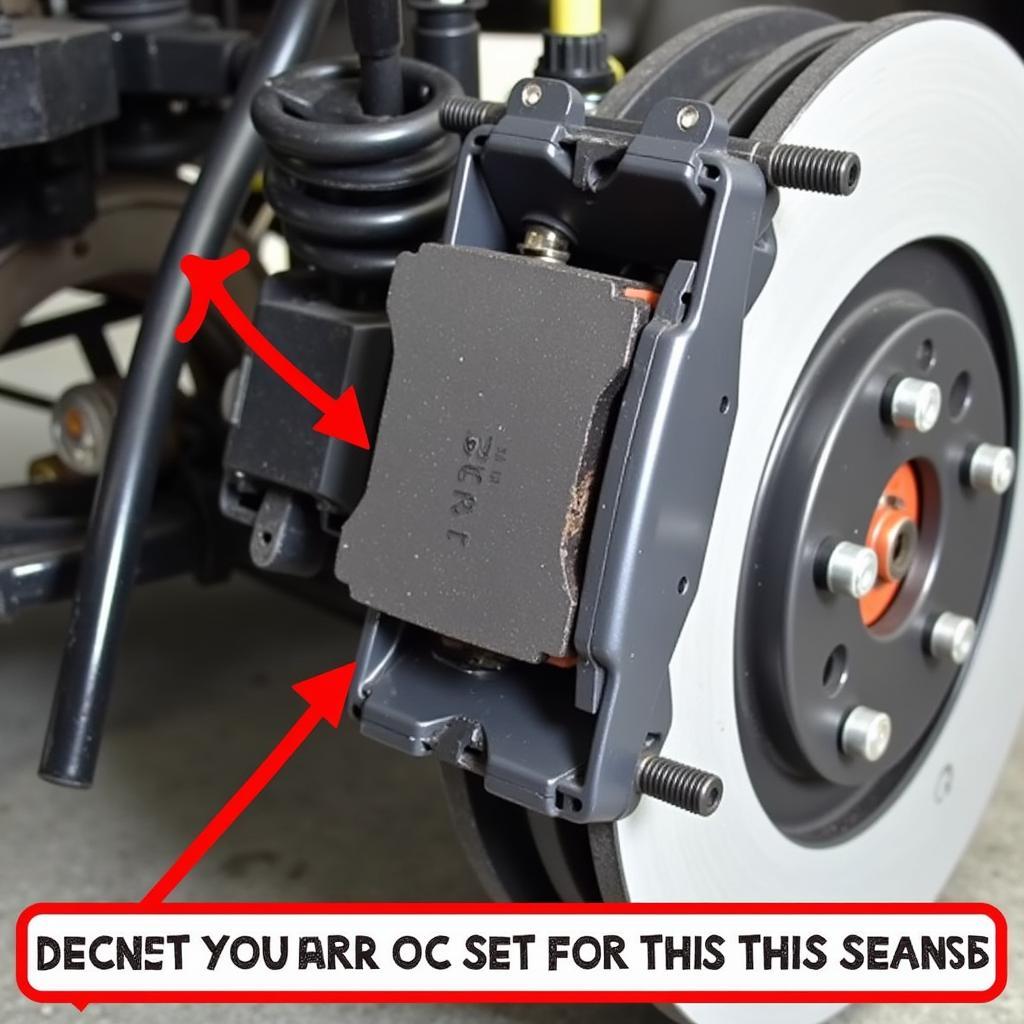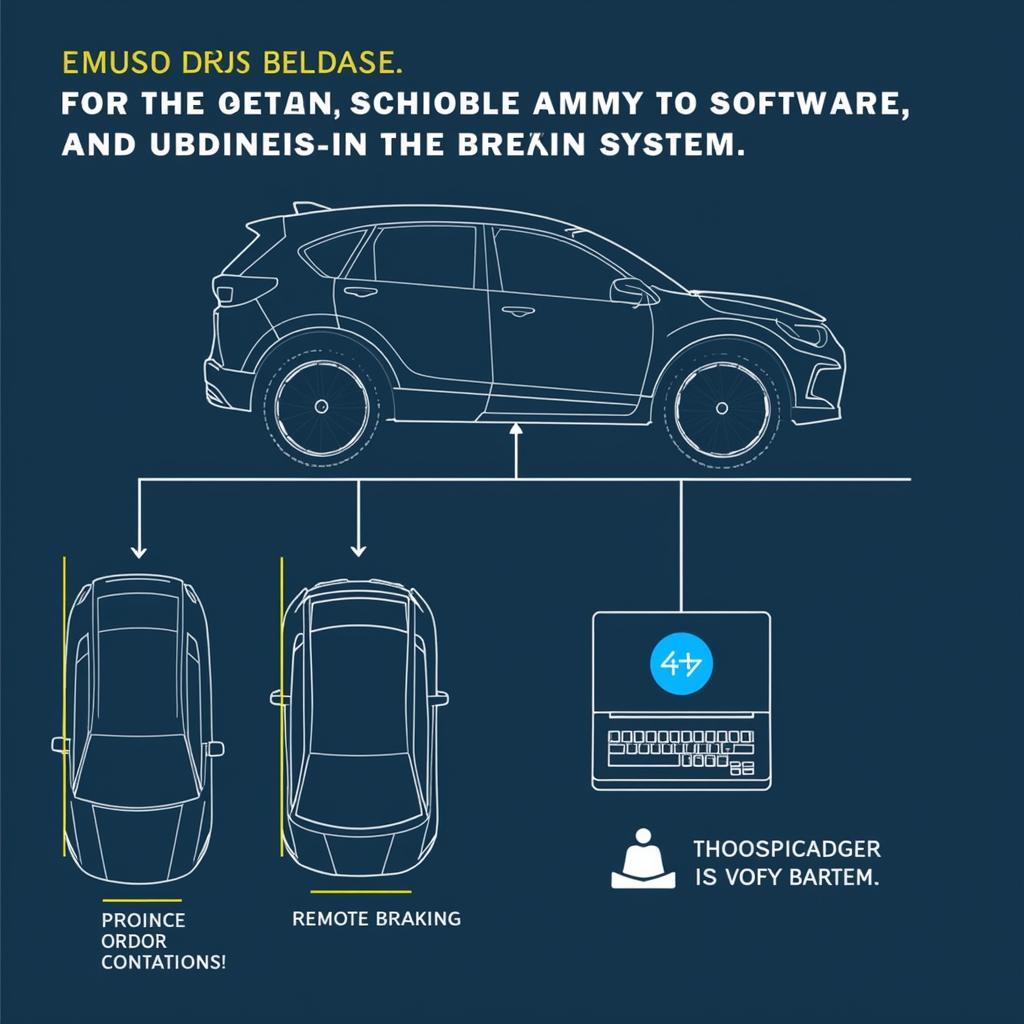The brakes warning light on your 2018 CRV is a crucial safety indicator. Ignoring it can lead to serious problems. This comprehensive guide will help you understand the common causes of a lit brakes warning light in your 2018 CRV, offer troubleshooting steps, and suggest solutions to get you back on the road safely.
Understanding Your 2018 CRV Brakes Warning Light
The brakes warning light is designed to alert you to potential issues within your braking system. It can indicate anything from low brake fluid to more serious problems like a failing master cylinder or worn brake pads. Understanding what triggers this light is the first step towards a solution.
Common Causes of a Brakes Warning Light 2018 CRV
There are several reasons why the brakes warning light might illuminate in your 2018 CRV. Some of the most common culprits include:
- Low Brake Fluid: This is the most frequent cause. Brake fluid levels decrease naturally over time, and low fluid can significantly impair braking performance.
- Worn Brake Pads: Brake pads have wear indicators that trigger the warning light when they reach a critical thickness.
- Faulty Brake Sensor: Sometimes, the sensor itself can malfunction, triggering the light even if there’s no actual problem with the braking system.
- Issues with the ABS System: A problem with the Anti-lock Braking System (ABS) can also illuminate the brakes warning light. This could be a faulty sensor, pump, or control module.
- Parking Brake Engaged: While seemingly obvious, it’s easy to overlook. Make sure the parking brake is fully released.
- Master Cylinder Problems: A leaking or malfunctioning master cylinder can cause a significant drop in brake pressure and trigger the warning light.
 2018 CRV Low Brake Fluid Level Check
2018 CRV Low Brake Fluid Level Check
Troubleshooting Your Brakes Warning Light
Before rushing to a mechanic, you can perform some basic troubleshooting steps:
- Check the Parking Brake: Ensure the parking brake is fully disengaged.
- Inspect Brake Fluid Level: Locate the brake fluid reservoir under the hood and check the fluid level. If it’s low, top it off with the correct type of brake fluid specified in your owner’s manual.
- Visually Inspect Brake Pads: If you’re comfortable doing so, check the thickness of your brake pads. Look for significant wear or any signs of damage.
 Inspecting Brake Pads on a 2018 Honda CRV
Inspecting Brake Pads on a 2018 Honda CRV
When to Seek Professional Help
If the brakes warning light persists after these initial checks, or if you notice any changes in braking performance, such as a soft or spongy brake pedal, it’s crucial to seek professional help immediately.
“A persistent brakes warning light is never something to ignore,” says automotive diagnostics expert, Michael Stevenson. “It’s always best to err on the side of caution and have a qualified technician diagnose the problem.”
Remote Diagnostics and Software Solutions
Modern technology allows for remote diagnostics and software updates, which can sometimes address the underlying issue causing the brakes warning light. These advanced solutions can often save time and money compared to traditional repair methods.
 Remote Diagnostics for 2018 Honda CRV Brakes
Remote Diagnostics for 2018 Honda CRV Brakes
“Remote diagnostics can be incredibly helpful in identifying complex issues within the braking system,” explains automotive software engineer, Sarah Chen. “Software updates can often resolve these issues without the need for extensive physical repairs.”
Conclusion
The brakes warning light in your 2018 CRV is a vital safety feature. Understanding its potential causes and taking appropriate action can help prevent serious problems and ensure your safety on the road. Don’t ignore this important warning; address it promptly to keep your 2018 CRV braking safely and effectively.
FAQ
-
What should I do if my brakes warning light comes on while driving? Pull over safely and check your parking brake. If it’s not engaged, check your brake fluid level. If the level is critically low, do not continue driving. Call for roadside assistance.
-
Can I drive with the brakes warning light on? It’s not recommended. Driving with a lit brakes warning light can be dangerous. Have your vehicle inspected by a qualified technician as soon as possible.
-
How often should I check my brake fluid level? Check your brake fluid level at least once a month as part of your regular vehicle maintenance.
-
How much does it cost to fix a brakes warning light issue? The cost varies depending on the underlying cause. A simple low brake fluid top-up is inexpensive, while more complex repairs like replacing the master cylinder can be significantly more costly.
-
Can remote diagnostics fix my brakes warning light? In some cases, yes. Remote diagnostics can identify software glitches or other electronic issues that might be triggering the light. A software update can often resolve the problem.
-
What is the difference between the brakes warning light and the ABS light? The brakes warning light indicates a general problem with the braking system, while the ABS light specifically signifies an issue with the Anti-lock Braking System.
-
How can I prevent my brakes warning light from coming on? Regular maintenance, including brake fluid checks and timely brake pad replacements, can help prevent the brakes warning light from illuminating.
